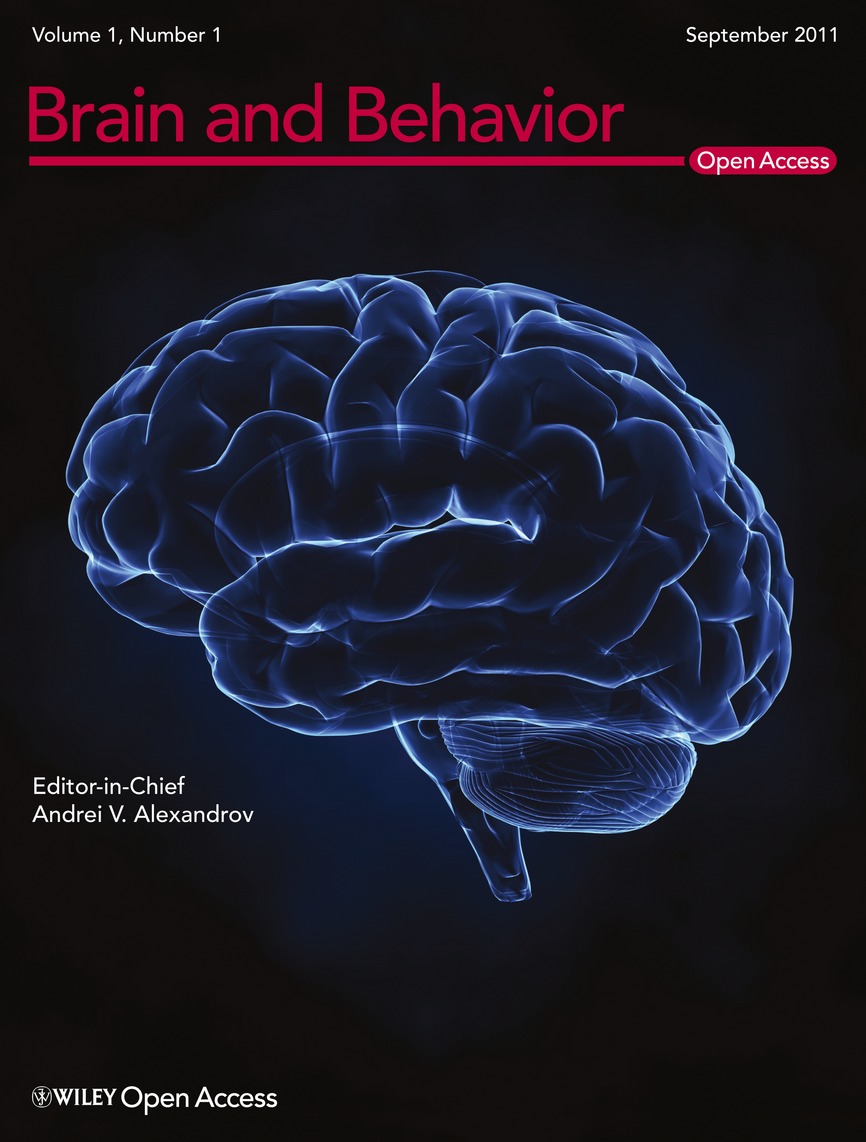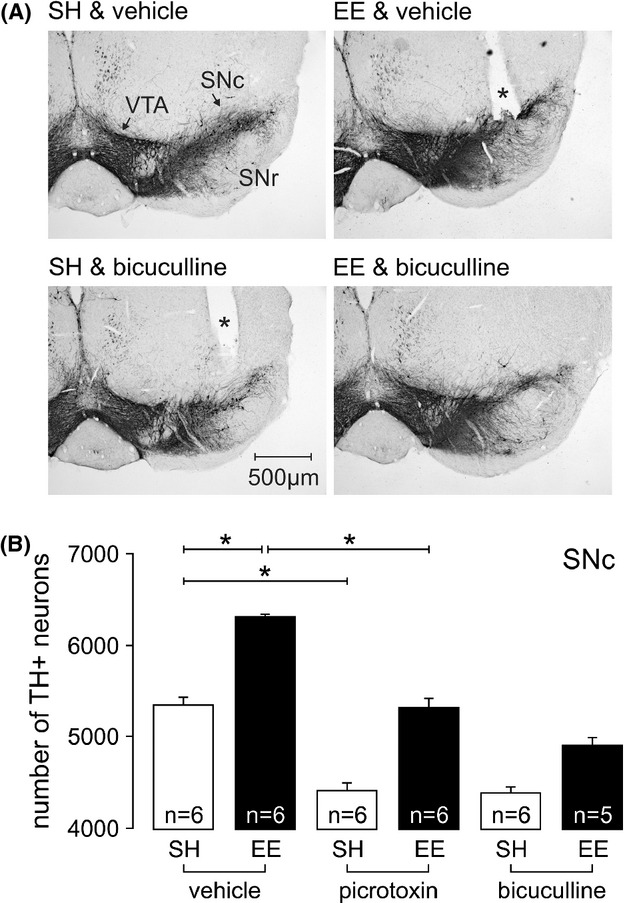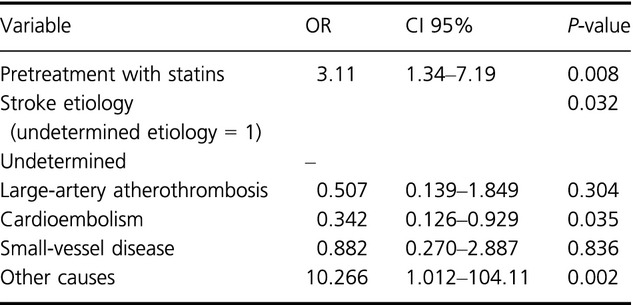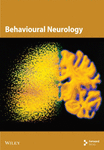Journal list menu
Export Citations
Download PDFs
Issue Information
Editorial
Creating one problem to try and fix another: the saga of ischemic preconditioning
- Pages: 603-605
- First Published: 15 September 2013
Review
The role of remote ischemic preconditioning in the treatment of atherosclerotic diseases
- Pages: 606-616
- First Published: 30 August 2013
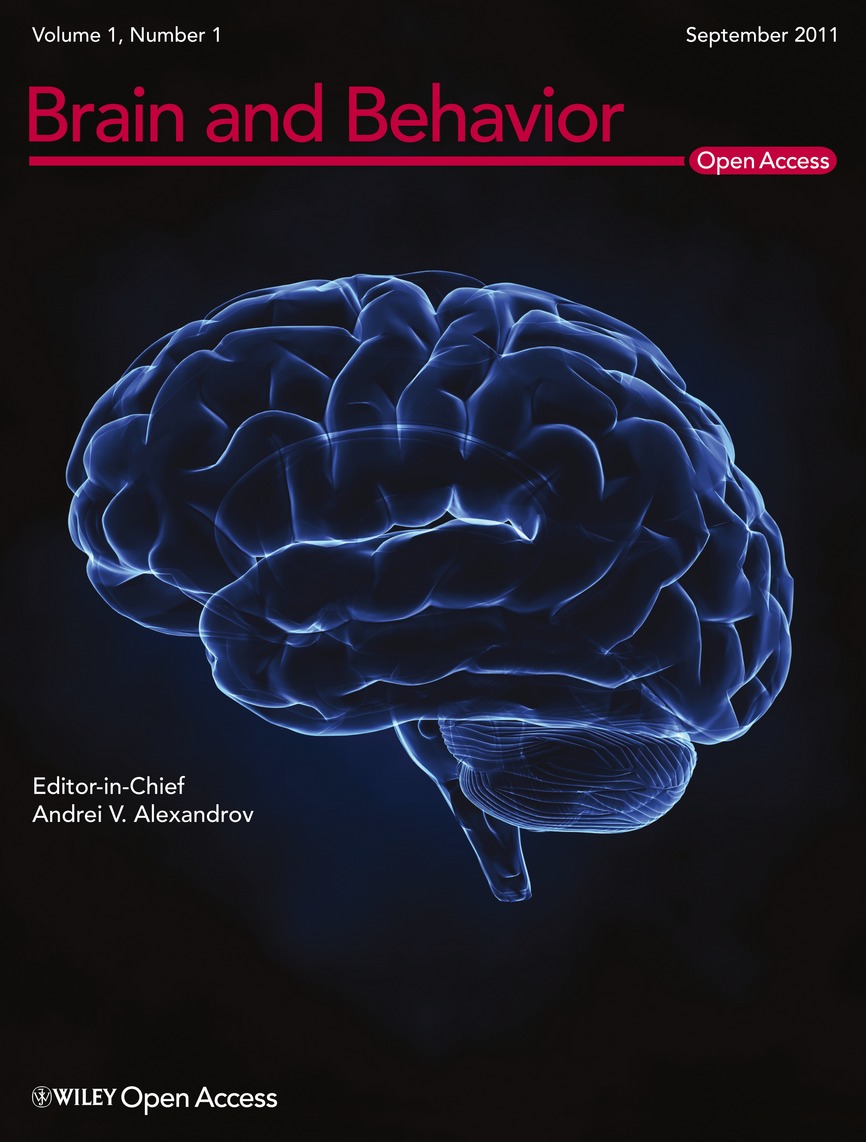
We conducted a comprehensive literature review on the available published data about the potential effect of remote ischemic preconditioning in patients undergoing ischemia reperfusion injury on variable clinical settings (abdominal aortic aneurysm repair, open heart surgery, percutaneous coronary intervention, living donor renal transplantation, coronary angiography, elective decompression surgery, carotid endarterectomy, recent stroke or transient ischemic attack combined with intracranial carotid artery stenosis). Most of the trials focused on postoperative cardiac or renal function after RIPC with conflicting results, partly because preconditioning protocols, age limits, comorbidities and concomitant drug use varied significantly across the aforementioned trials. However, no severe local adverse events were observed in any patient undergoing limb or arm preconditioning, suggesting that RIPC is a safe and well tolerated procedure that may constitute a potentially promising innovative treatment in atherosclerotic diseases.
Original Research
Environmental and behavioral modulation of the number of substantia nigra dopamine neurons in adult mice
- Pages: 617-625
- First Published: 07 September 2013
The adverse effects of reduced cerebral perfusion on cognition and brain structure in older adults with cardiovascular disease
- Pages: 626-636
- First Published: 10 September 2013
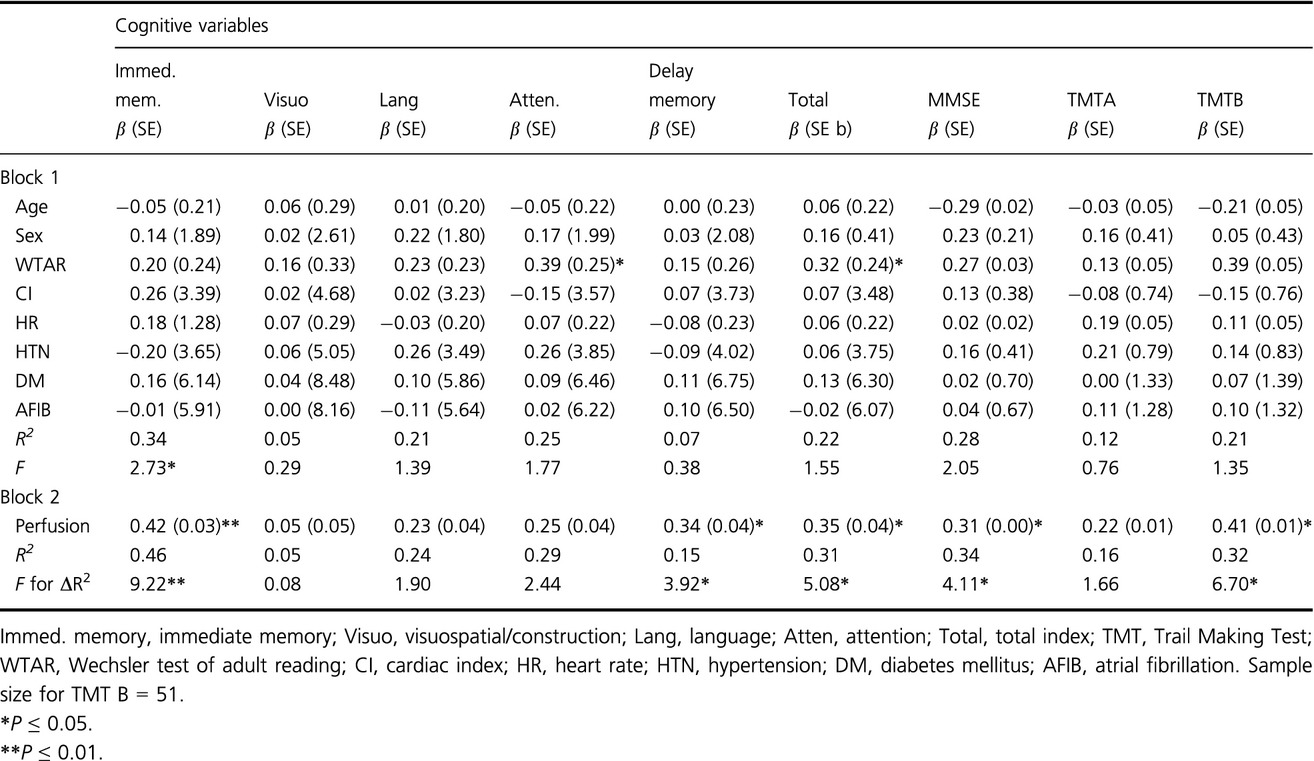
Aging and vascular processes interact to disrupt cerebral hemodynamics in older adults. The current study used ASL imaging to show that reduced cerebral perfusion is independently associated with poorer cognition, smaller TBV, and reduced cortical thickness in older adults. Prospective studies are needed to clarify patterns of cognitive decline and brain atrophy associated with cerebral hypoperfusion.
A reversal coarse-grained analysis with application to an altered functional circuit in depression
- Pages: 637-648
- First Published: 22 September 2013
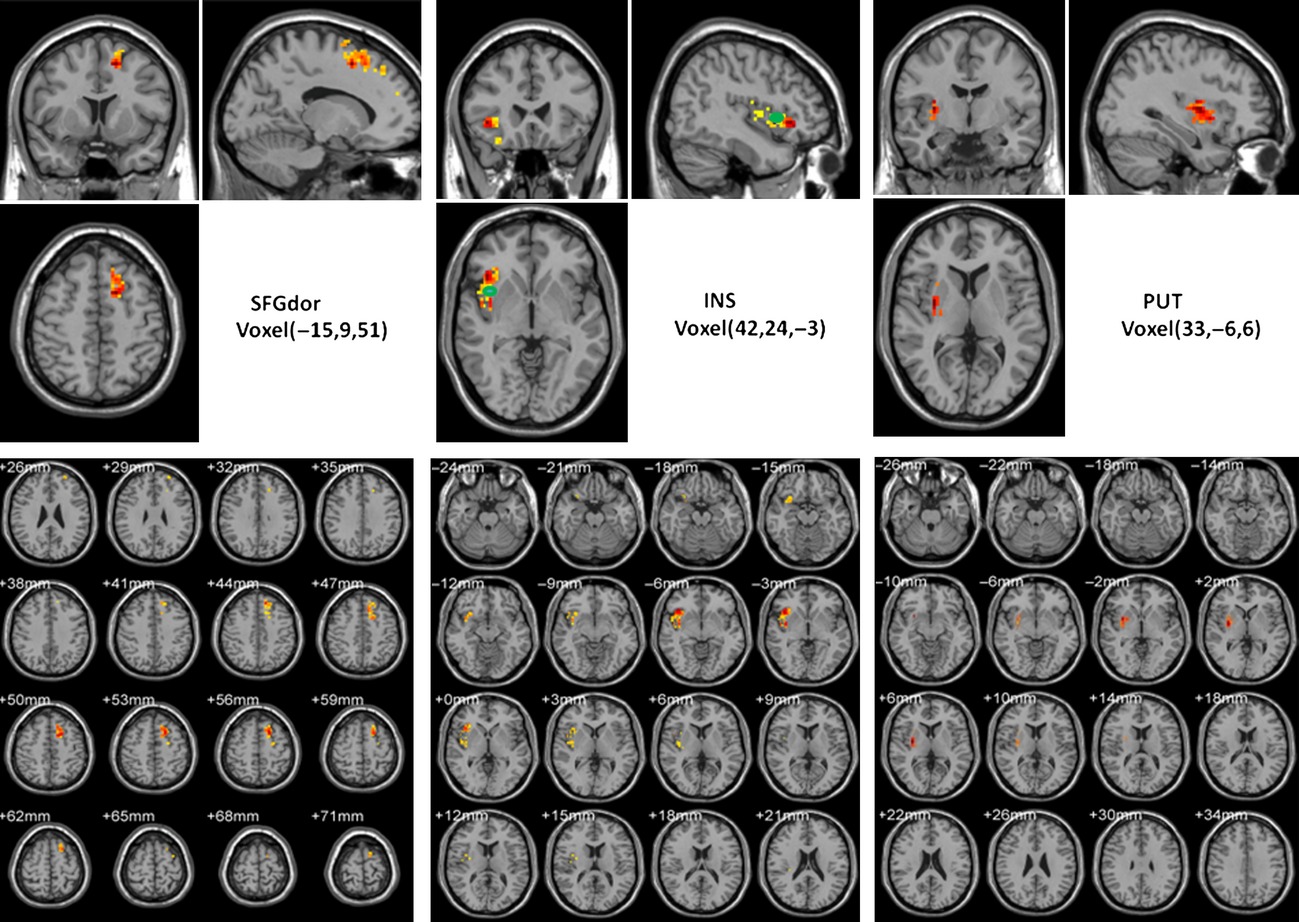
We propose a novel and general approach to reverse the coarse-grained approach by locating the exact sources of the functional circuit abnormalities. The approach is applied to hate circuit in depression. We compare our approach with ordinary coarse-grained approach in several aspects. A software package of this approach is also obtained.
Endothelial progenitor cells in acute ischemic stroke
- Pages: 649-655
- First Published: 22 September 2013
Comparison of diabetes patients with “demyelinating” diabetic sensorimotor polyneuropathy to those diagnosed with CIDP
- Pages: 656-663
- First Published: 22 September 2013
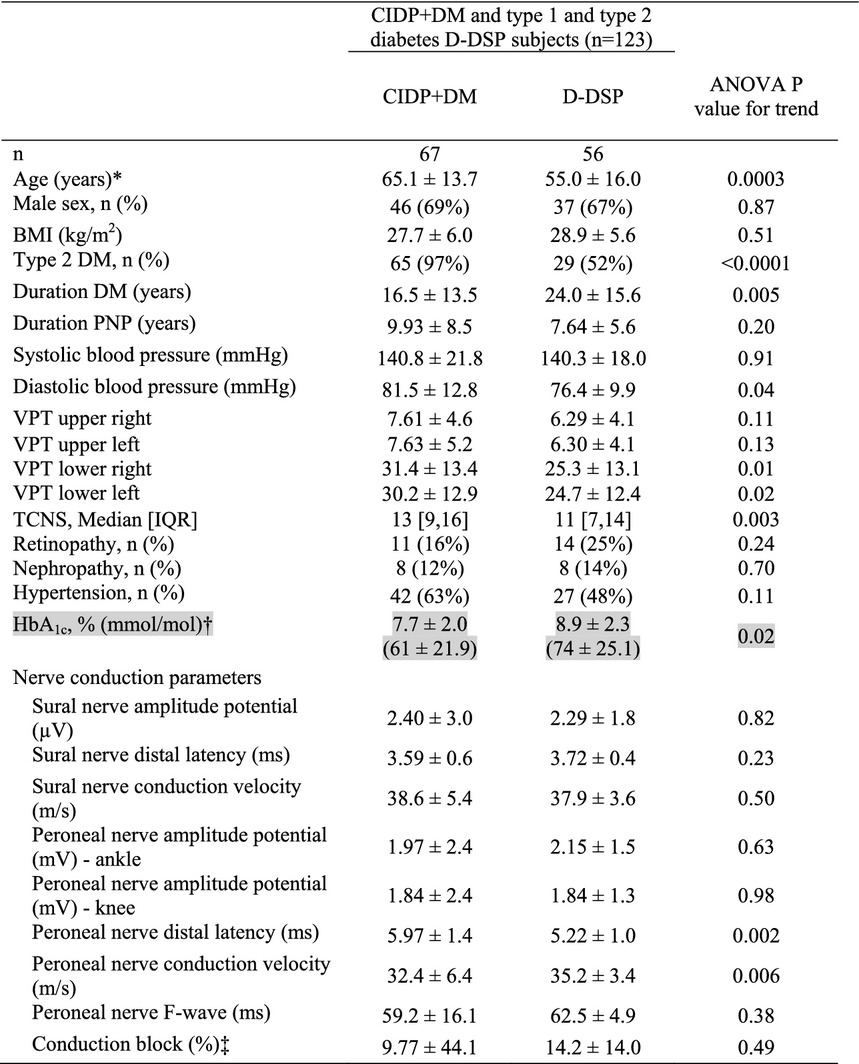
Diabetes patients can exhibit demyelinating features on nerve conduction testing, but this group differs from those patients diagnosed with chronic inflammatory demyelinating polyneuropathy (CIDP). In those with diabetes + CIDP, the neuropathy is more severe on clinical and electrophysiological criteria despite the patients having better glycemic control as compared to diabetes patients with the demyelinating form of diabetic neuropathy who are typified by suboptimal glycemic control.
Therapeutic laquinimod treatment decreases inflammation, initiates axon remyelination, and improves motor deficit in a mouse model of multiple sclerosis
- Pages: 664-682
- First Published: 23 September 2013
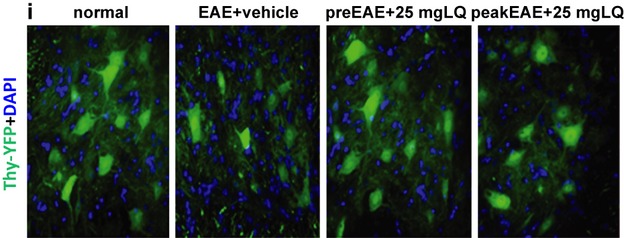
Consecutive sections immunostained with NF200 (green), MBP (red), and DAPI (blue) and imaged at 40x showed robust NF200 and MBP immunostaining in the anterior funiculus of normal controls and laquinimod pre- and post-treated EAE groups. In contrast, sections from vehicle-treated EAE mice had decreased myelin and axonal staining.
Prediction processes during multiple object tracking (MOT): involvement of dorsal and ventral premotor cortices
- Pages: 683-700
- First Published: 03 October 2013
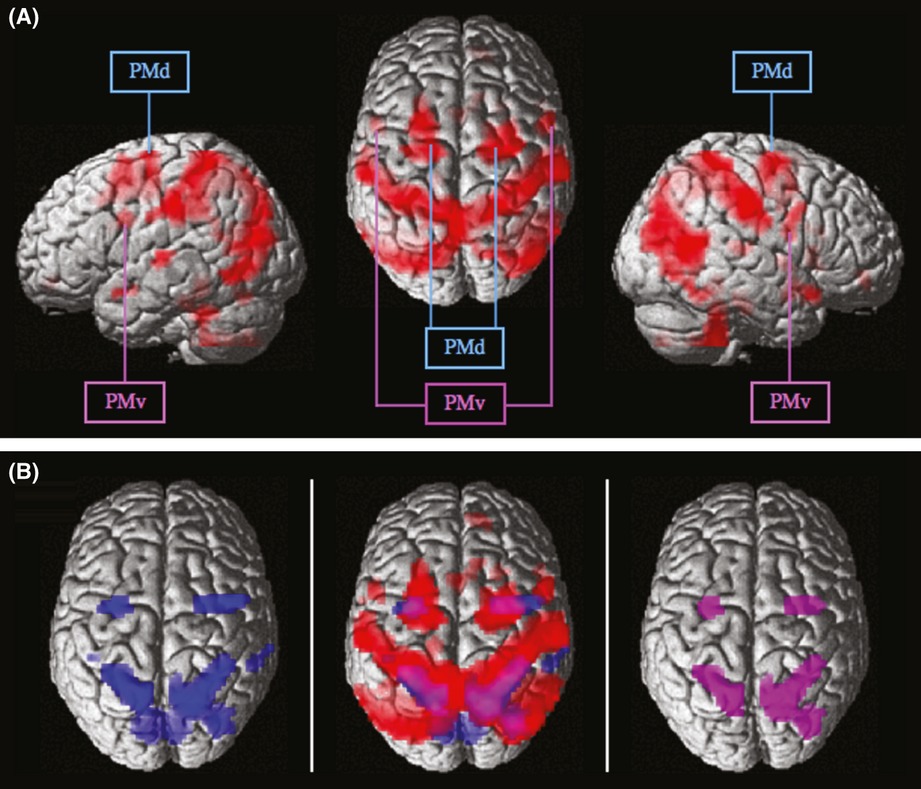
The experiments presented in this article replicate and reevaluate earlier functional magnetic resonance imaging studies on multiple object tracking (MOT). We found (bilateral) activations in the premotor cortex during MOT. These findings are in line with the idea that sensorimotor prediction processes are engaged during the tracking of arbitrary and abstract object motion.
Increased expression of the receptor for advanced glycation end-products in human peripheral neuropathies
- Pages: 701-709
- First Published: 08 October 2013

The molecular mechanism underlying pathological changes observed in the neuropathic nerve remains unclear but one candidate molecule, RAGE (the receptor for advanced glycation end-products), has recently gained attention as a potential contributor to neuropathy. Here for the first time we focused on the expression of RAGE in normal, idiopathic and diabetic neuropathic human nerves. We established that the levels of RAGE and its pro-inflammatory ligands, carboxymethyllysine (CML) and high mobility group box 1 (HMBG1) are increased in both idiopathic and diabetic nerve. Our finding suggests roles for RAGE and its inflammatory ligands in human peripheral neuropathies.
Blood pressure fluctuation and hypertension in patients with Parkinson's disease
- Pages: 710-714
- First Published: 11 October 2013

The blood pressure (BP) of many patients with Parkinson's disease (PD) fluctuates greatly in a day and often exceeds over 200 mmHg even in the early stages of the disease. Twenty-four-hour ambulatory blood pressure monitoring, not BP measurement once a day, enables us to determine the actual BP in PD patients, so that we can treat BP fluctuation with hypertension which may lead to various vascular events.
Thalamo-striato-cortical determinants to fatigue in multiple sclerosis
- Pages: 715-728
- First Published: 11 October 2013
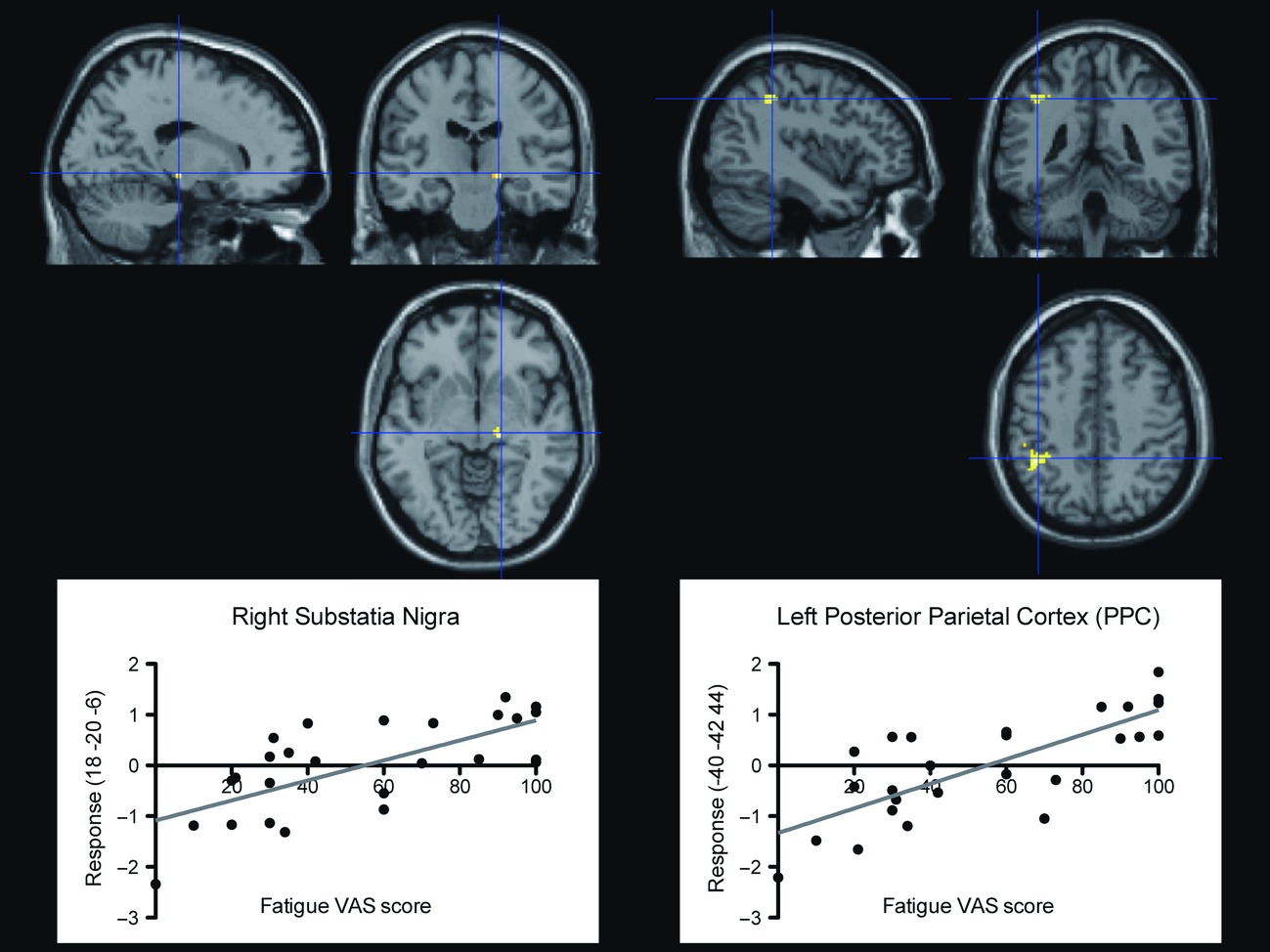
We investigated brain activation and connectivity in multiple sclerosis (MS) patients with self-reported fatigue. Brain activation in the left posterior parietal cortex and the right substantia nigra was positively correlated to perceived fatigue ratings. MS participants had stronger cortical-to-cortical and subcortical-to-subcortical connectivity, whereas they had weaker cortical-to-subcortical connectivity.
Infants' object location and identity processing in spatial scenes: an ERP study
- Pages: 729-737
- First Published: 11 October 2013
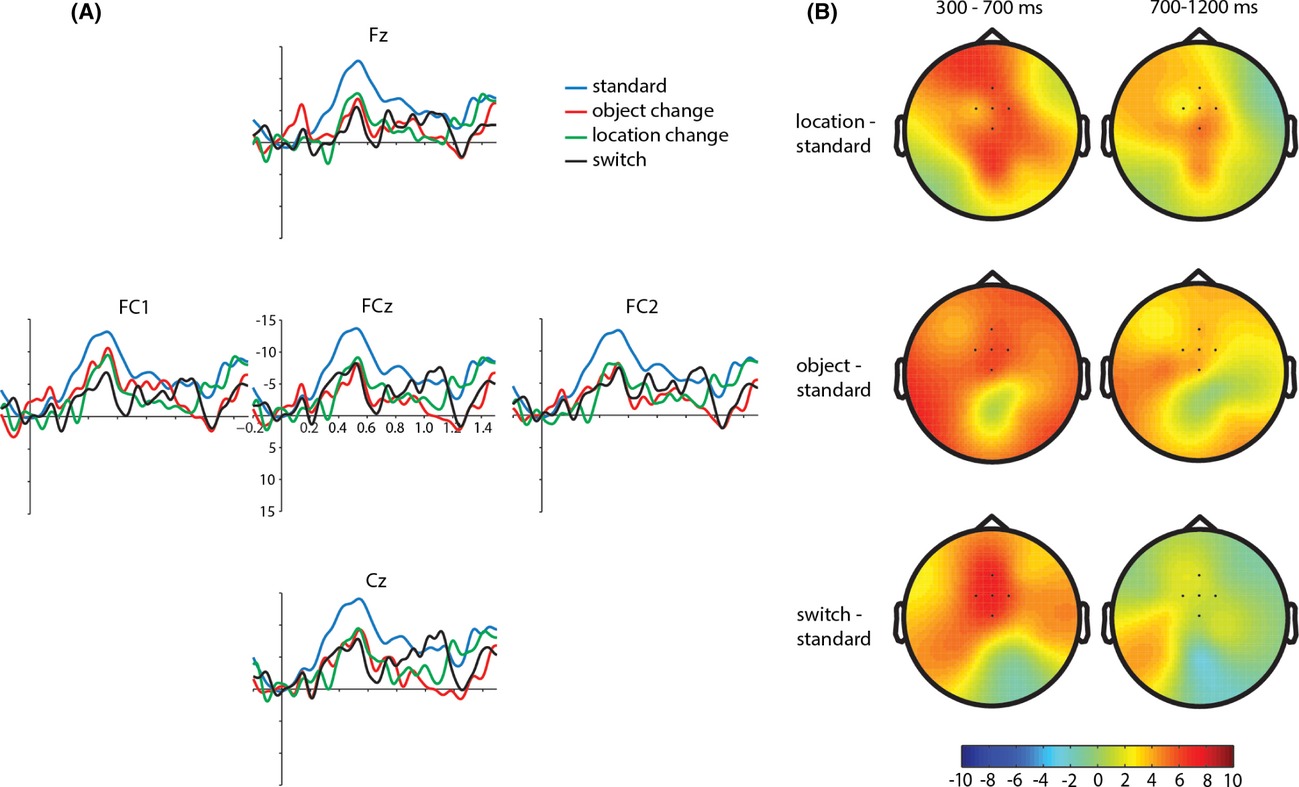
By making use of event-related potentials (ERPs) we have shown that 12-month-old infants can already quickly detect object changes in contextually rich environments. Initial detection of a change in location, change in identity, and a switch of two objects was shown within 300 msec. Additional conscious processing was shown for object change and location change, reflecting the updating of the memory representation of the new configurations.
A factor analysis of posttraumatic stress disorder symptoms using data pooled from two venlafaxine extended-release clinical trials
- Pages: 738-746
- First Published: 16 October 2013
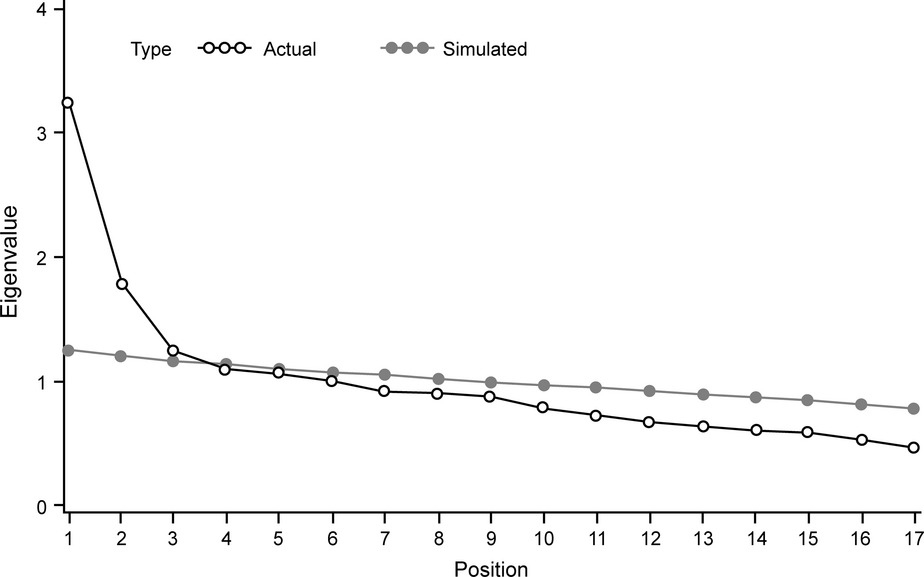
Confirmatory factor analysis (CFA) of Diagnostic and Statistical Manual of Mental Disorders (Fourth Edition) (DSM-IV) three-factor posttraumatic stress disorder (PTSD) diagnostic criteria was conducted to determine fit for this patient population. An exploratory factor analysis (EFA) of alternate symptom structures was planned to identify symptoms that cluster in this population. The response of symptom factors to treatment with venlafaxine extended release (ER) was explored.
Reappraisal of field dynamics of motor cortex during self-paced finger movements
- Pages: 747-762
- First Published: 17 October 2013
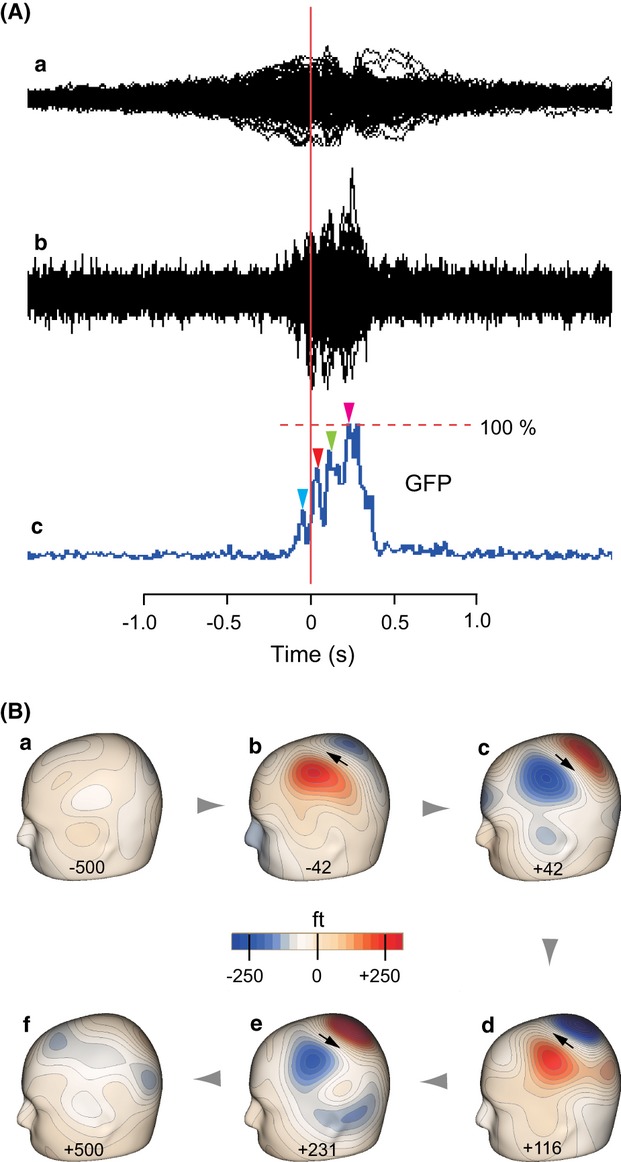
Movement-related cerebral fields (MRCFs) in magnetoencephalography (MEG) are confirmed over the sensorimotor region contralateral to the movement. We used a single-dipole analysis to separately model each of these components in the MRCF waveform, and found that equivalent current dipoles of all components of MRCFs were estimated to be located in the same precentral motor region, and did not differ with respect to their locations and orientations. These results suggested that the entire MRCF waveform could be modeled by a single source localized in the precentral motor region.





